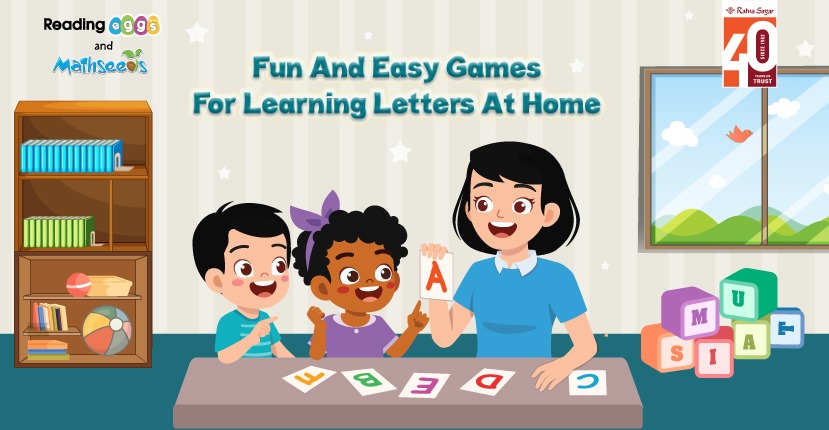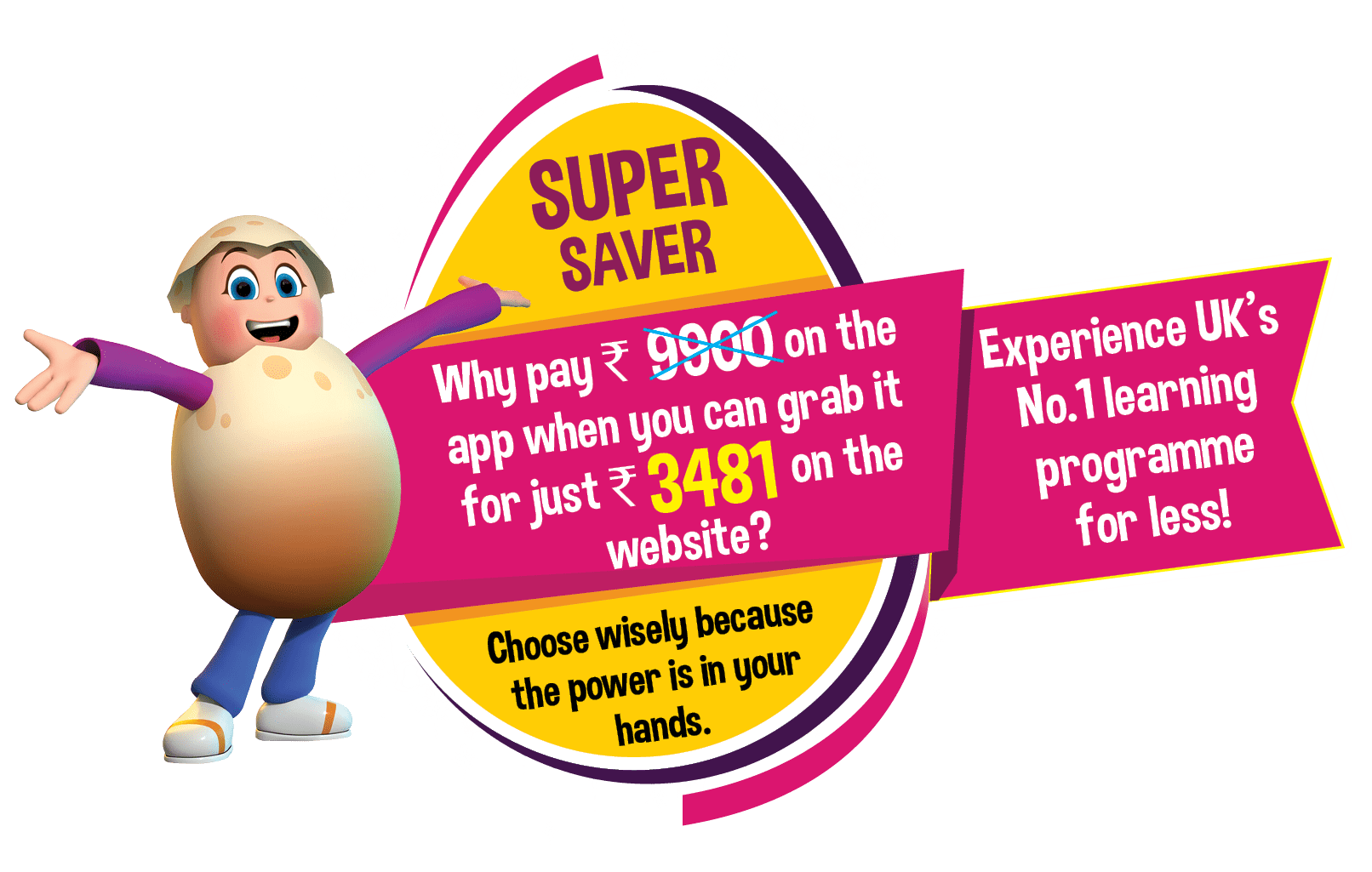
Teaching kids alphabets can be a joyful and enriching experience, especially when it’s done in a playful and engaging manner. Learning letters at home doesn’t have to be a daunting task; in fact, it can be transformed into a series of fun activities that stimulate both the mind and the imagination. This article discusses a variety of games that make learning letters for kids an exciting adventure. By incorporating these activities into your daily routine, you can foster a love for learning that will set the foundation for your child’s future success.
1. Alphabet Treasure Hunt
One of the most thrilling ways to help your child learn letters at home is by organising an Alphabet Treasure Hunt. This game combines the excitement of a scavenger hunt with the educational benefit of letter recognition.
How to Play
- Write letters on small cards or sticky notes.
- Hide these cards around the house.
- Give your child clues to find the hidden letters, or simply let them search on their own.
- Once all the letters are found, ask your child to arrange them in alphabetical order or spell out simple words.
Learning Outcome
This activity reinforces letter recognition, sequencing and the concept of phonics. It also encourages physical activity, which is essential for young children’s development.
Find out ideas to teach children spellings at home.
Book 14 days FREE trial For UKG Maths Worksheet
2. Letter Matching with Objects
Another effective way to make learning letters for kids enjoyable is through a letter-matching game using household objects. This game helps children associate letters with sounds and objects, making the learning process more relatable.
How to Play
- Gather a variety of small objects from around the house (e.g., apple, ball, cup).
- Write down the letters of the alphabet on separate pieces of paper or use magnetic letters.
- Ask your child to match each object with the corresponding letter (e.g., A for apple, B for ball).
Learning Outcome
This game enhances letter recognition and phonemic awareness. It also introduces basic vocabulary, which is crucial for language development.
Ideas to help kids master sight words.
3. Alphabet Bingo
Alphabet Bingo is a classic game that never fails to capture a child’s attention. It’s a fantastic way to reinforce letter recognition while also promoting social interaction.
How to Play
- Create Bingo cards with letters of the alphabet instead of numbers.
- Call out letters randomly and have your child mark the corresponding letter on their card.
- The first one to get a row, column, or diagonal filled shouts “Bingo!”
Learning Outcome
This game sharpens listening skills, reinforces letter recognition and introduces the concept of pattern recognition, all while providing a fun, competitive element.
4. Letter Crafting
Engaging children in arts and crafts is an excellent way to make learning letters at home both creative and educational. Letter crafting allows kids to explore their artistic side while reinforcing their knowledge of the alphabet.
How to Play
- Provide your child with materials like construction paper, glue, glitter and markers.
- Ask them to create letters using these materials. For example, they can use strips of paper to form the letter A or decorate the letter B with beads.
- You can also incorporate themes, such as making letters look like animals or objects that start with that letter (e.g., a B that looks like a butterfly).
Learning Outcome
This activity improves fine motor skills, encourages creativity and reinforces letter recognition. It also provides a multisensory experience, which is beneficial for memory retention.
Find out about the best FLN course for children.
Book 14 days FREE trial For UKG Maths Worksheet
5. Digital Alphabet Play-Based Learning Programs
Reading Eggs and Mathseeds can enhance your child’s learning journey. Through this programme, children learn to recognise alphabets and associate them with their distinct sounds, moving beyond simple memorisation to skillfully blending these sounds to form meaningful words. This approach fosters an intuitive grasp of spelling, allowing children to spell words independently and explore the art of identifying rhyming words and objects.
A key component of the programme is the Spelling section, which is meticulously designed with graded lessons that focus on specific aspects of spelling. These lessons cover crucial elements like vowel digraphs and consonant sounds, while also building confidence and sparking a genuine interest in mastering spelling.
Beyond spelling, Reading Eggs and Mathseeds offer a wide array of worksheets for children to explore, complementing their learning with exciting activities and lessons. The program emphasises the development of fine motor skills and critical thinking, providing a well-rounded educational experience. Through hands-on activities, interactive exercises, art and craft, and educational games, students actively engage in tasks that enhance
Conclusion
Incorporating these fun and easy games into your routine can make learning letters at home an enjoyable experience for both you and your child. By turning the process of learning letters for kids into a series of playful activities, you not only foster a love for learning but also build a strong educational foundation. With these activities, learning letters becomes less of a task and more of an adventure, paving the way for a lifelong love of learning.

